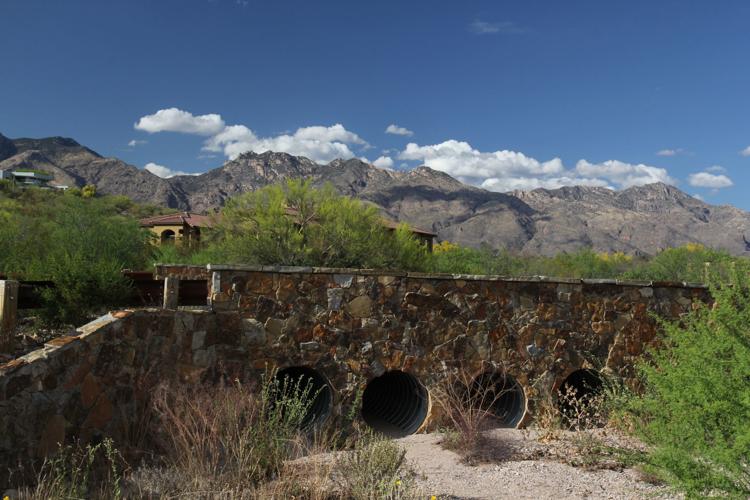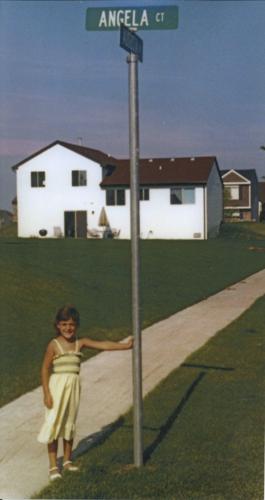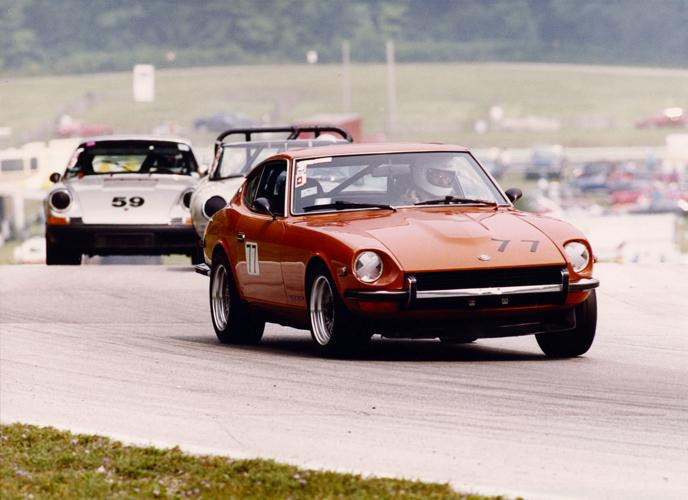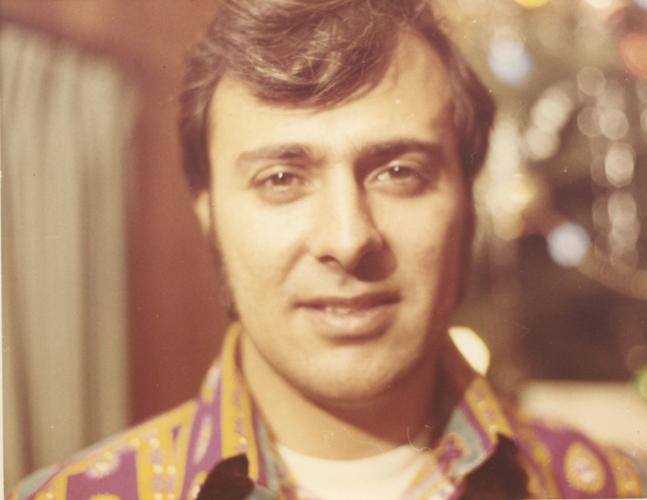Jerry D. DeGrazia’s career as a developer likely grew out of an interest sparked when he was just 11 years old, in his hometown of Valparaiso, Indiana.
He saw workers laying sewer pipes under the street, and realized there was stuff underground. What was there and where did it go?
In high school, he became fascinated by automobiles and how fast they went.
DeGrazia moved to Tucson to attend the University of Arizona and to pursue both interests.
He lived at the Theta Chi fraternity house and began participating in drag races temporarily set up at an unused taxiway at Davis-Monthan Air Force Base.
In 1964, he graduated with a bachelor’s degree in what is now called urban and regional development.
After graduation, he held positions including Somerset County, New Jersey’s subdivision coordinator and city planning director for Michigan City, Indiana; and planning director of the Northwest Indiana Regional Planning Commission.
He and his first wife had children Jeanne, James and Anna.
In 1972, he remarried, to Sandy Silwa, and they went on to have one daughter, Angela DeGrazia, who works in Hollywood.
From 1973 to 1975, DeGrazia worked for Miller Builders and lived in Skokie, Illinois, a suburb of Chicago. While employed there, he named many streets, including one for his daughter, Angela Court in Vernon Hills, and two for his wife, Sandy Lane and Sandy Court, in Libertyville.
From 1975 to 1977, he worked for Kaufman & Broad of Chicago (now KB Homes) as vice president of forward planning.
In 1993, he retired from business and moved back to Tucson, since he had family here and had planned for many years to return. He kept himself busy golfing, hiking and fixing up his home.
After some time he became bored and started looking into buying some property in Tucson. His goal was to do just one project to keep himself busy.
Around 1996, he acquired land along North Swan Road followed by the purchase of more pieces of property adjacent to it. The whole project was called Valley Ranch, because he wanted it to have a Western-themed name.
The project originally was supposed to have a business center named DeGrazia Plaza at Valley Ranch, bordering Swan Road as part of it. But after some initial development, DeGrazia got an offer he couldn’t refuse and sold it to someone else, who built The Village Offices.
As part of the development of this office complex, DeGrazia suggested that the street running on the northern border of his property and across Swan Road be named New Fort Lowell Road, and that the part of Ft. Lowell Road south of his property heading east to the park be renamed Old Fort Lowell Road.
Local government didn’t like the idea, so he suggested the name Camp Lowell Drive, for the street running just north of his property, and it was approved.
He then sold part of the land to builder Chris Kemmerly, who created the Barrio Del Este subdivision.
DeGrazia used the rest of the land to develop two subdivisions, The Garrison at Valley Ranch and The Parade Ground at Valley Ranch. Both of the names were derived from old Fort Lowell less than a mile away, which had a parade ground and a garrison occupying the site.
In The Garrison subdivision, he named two streets, Garrison Court and Commissary Court, the latter for the fort commissary.
In The Parade Ground subdivision, he built an actual parade ground complete with flagstaff and large American flag surrounded by an artificial red brick ring road (now painted over in black) with home lots around the ring road. He also added two bocce ball courts in the parade ground because of his Italian heritage.
He named several streets there, Valley Ranch Drive for the whole project; Parade Ground Loop, which goes around the subdivision parade ground; Quartermaster Court for all the post quartermasters that served during the history of the fort; Pie Allen Court for John B. “Pie” Allen, a post trader at the fort and a Tucson mayor; and Asa Carr Way for Gen. Eugene Asa Carr, a post commander at the fort.
In 2008, DeGrazia did a land swap for land he owned on the southwest side of town in exchange for two undeveloped school sites owned by the Tucson Unified School District in the Catalina Foothills.
On one piece of property he developed the StoneBridge in the Foothills subdivision, a name derived from the stone bridge he built on the property.
He also named one street Tanuri Valley Place, a name derived from the Tanuri Hills subdivision south of his subdivision; its name is of unknown origin.
The second undeveloped school site was located at Sabino Canyon Road and Old Sabino Canyon Road. It was originally called the Foothills Club subdivision, a name derived from the fact that it was in the Catalina Foothills and because the original plan that DeGrazia conceived included a large community garden, so the residents would form a garden club.
Later he decided against the community garden in favor of putting a raised garden box in each backyard in order to create a garden club among the residents.
When Maracay Homes bought the project, it changed the name from Foothills Club to Deseo and never added the garden boxes. It turned the original land that was to be a community garden into a park.
DeGrazia named four streets in the subdivision, Foothills Club Avenue and Foothills Club Loop, both derived from the original subdivision name, Parkland Loop, which has a lineal pocket park.
Crooked Creek Court’s name is derived from the fact that DeGrazia took an undefined natural drainage and engineered a somewhat meandering drainage way that resembled a crooked creek.









